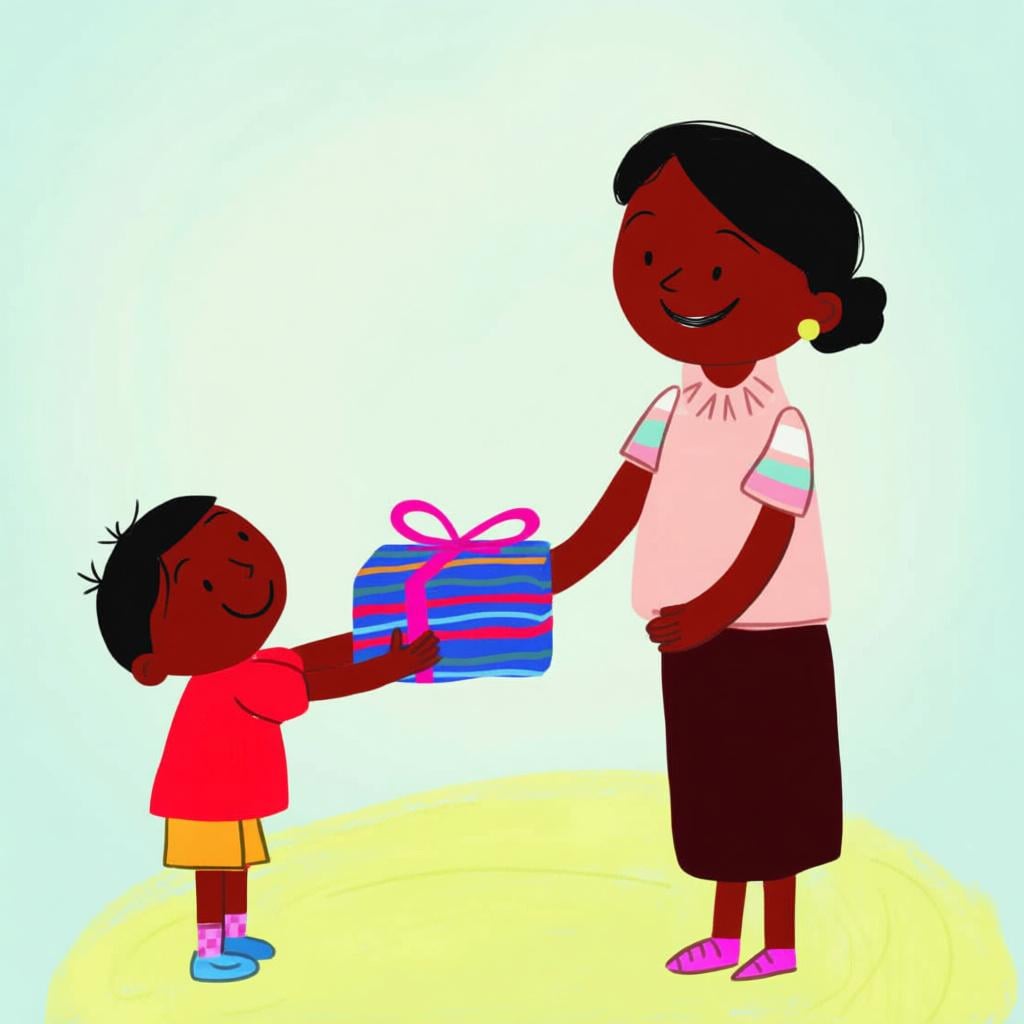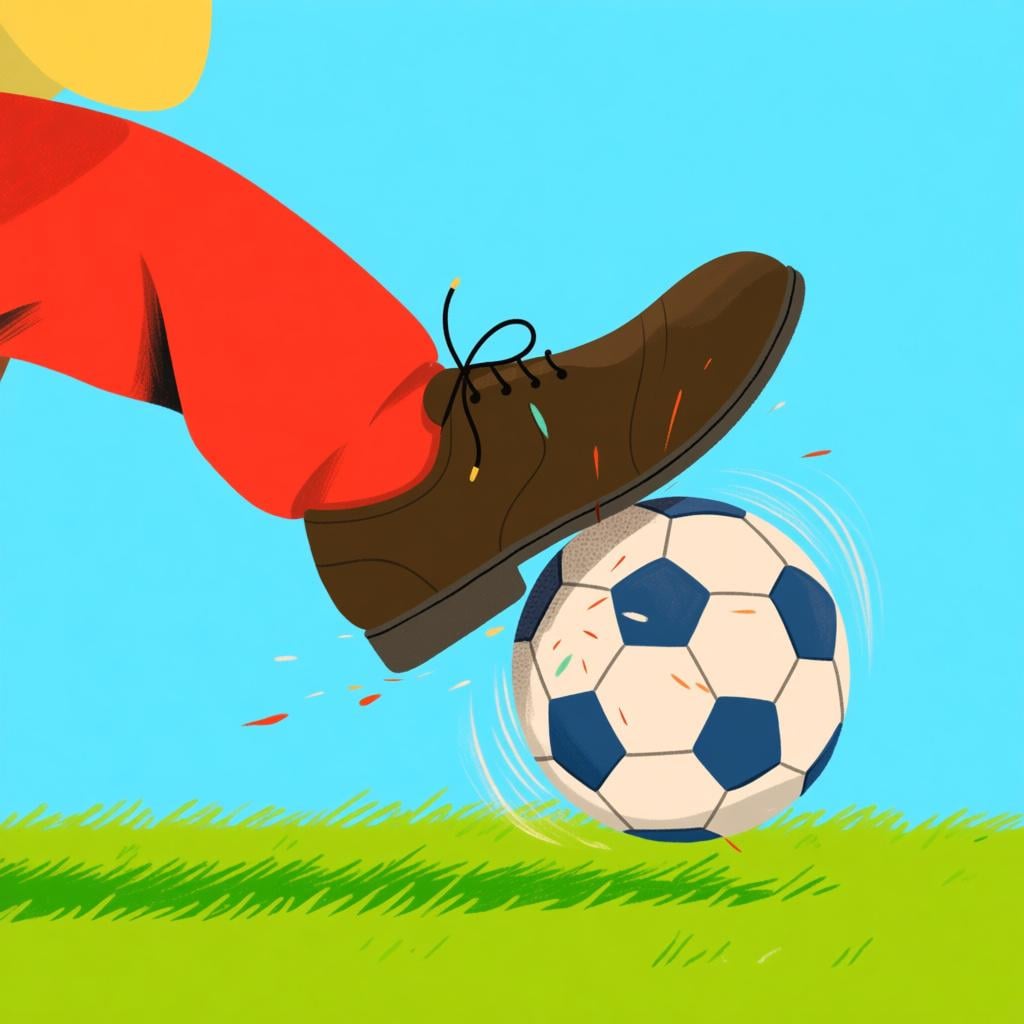darle
/DAR-leh/
to give (to) him/her/it

Visualizing 'to give (to) him/her/it': A person giving a gift.
darle(Verb)
to give (to) him/her/it
?General use
to give (to) you
?Formal 'you' (usted)
📝 In Action
Voy a darle el regalo a mi madre.
A2I'm going to give the gift to my mother.
El doctor necesita darle la medicina al paciente.
A2The doctor needs to give the medicine to the patient.
Puedes darle las llaves al conserje cuando te vayas.
B1You can give the keys to the concierge when you leave.
💡 Grammar Points
Two Words in One
"Darle" is a combination of the verb "dar" (to give) and "le". The "le" part means "to him," "to her," "to it," or "to you (formal)" and it tells you who is receiving the action.
Where Does 'le' Go?
You can attach "le" to the end of the basic verb form (like "darle") or a verb ending in -ando/-iendo. You can also put it before a changed verb form, like "Le doy un libro" (I give him a book).
❌ Common Pitfalls
Using 'le' vs. 'lo/la'
Mistake: "Sometimes learners confuse 'le' (to him/her) with 'lo' (him) or 'la' (her). 'Le' is for who *receives* something."
Correction: Think of 'le' as having a hidden 'to' in it. 'Voy a darle el libro' means 'I'm going to give the book TO him.' You wouldn't say 'I see TO him,' so you use 'Lo veo.'
⭐ Usage Tips
Clarifying with 'a...'
Since "le" can mean "to him," "to her," or "to you," Spanish speakers often add extra info for clarity. For example: "Voy a darle el libro a María." This makes it clear who 'le' refers to.

Visualizing 'to hit' or 'to strike': A foot kicking a ball.
darle(Verb)
to hit
?Physical impact
to strike
?Physical impact
,to kick/punch
?When used with words like 'patada' (kick) or 'puñetazo' (punch)
📝 In Action
Ten cuidado, vas a darle a la lámpara con la cabeza.
B1Be careful, you're going to hit the lamp with your head.
El niño le dio una patada a la pelota con todas sus fuerzas.
B1The boy kicked the ball with all his might.
La rama le dio en el brazo cuando caminaba por el bosque.
B2The branch hit him on the arm when he was walking through the forest.
⭐ Usage Tips
A Softer 'Hit'
Using 'darle' to mean 'to hit' can sometimes sound a bit softer or more accidental than using a direct verb like 'golpear'. For example, 'El coche le dio al árbol' sounds more like an accident than 'El coche golpeó el árbol'.

Visualizing 'to go for it' or 'Come on!': A character starting a task with high energy.
darle(Verb)
to go for it / to do it
?Encouragement
to get to it / to hurry up
?Starting a task or moving faster
,Come on!
?As an exclamation
📝 In Action
Si de verdad quieres hacerlo, ¡dale!
B1If you really want to do it, go for it!
Ya es tarde, tenemos que darle si queremos terminar hoy.
B2It's already late, we have to get to it if we want to finish today.
¿Vienes con nosotros? ¡Dale, anímate!
B1Are you coming with us? Come on, cheer up!
⭐ Usage Tips
The Swiss Army Knife of Encouragement
Think of '¡Dale!' as a super versatile word you can shout to encourage a friend in a race, agree to a plan, or tell someone to hurry up. It's all about context and tone of voice.

Visualizing 'to get a sudden urge/feeling': A person bursting into laughter.
darle(Verb)
to get a sudden urge/feeling
?Describing impulses or sensations
to be overcome by
?Describing an emotion like laughter or crying
,to not care / to be all the same
?Expression 'darle igual'
📝 In Action
Ayer por la noche le dio por llamar a todos sus amigos de la infancia.
B2Last night he got the urge to call all his childhood friends.
Cuando vio el vídeo, le dio un ataque de risa.
B2When she saw the video, she burst into a fit of laughter.
Le da igual si vamos al cine o al teatro.
B1He/She doesn't care if we go to the movies or the theater. (It's all the same to him/her.)
💡 Grammar Points
Feelings That 'Give' Themselves to You
In Spanish, you don't 'get' hungry or 'feel' an urge. Instead, hunger or the urge 'gives itself' to you. That's what's happening here: 'Le dio risa' literally means 'Laughter gave itself to him/her'.
🔄 Conjugations
indicative
present
preterite
imperfect
subjunctive
present
imperfect
✏️ Quick Practice
💡 Quick Quiz: darle
Question 1 of 2
Your friend is nervous about starting a new project. You want to encourage them and say "Go for it!". What's the best thing to say?
📚 More Resources
Frequently Asked Questions
Why does 'darle' mean so many different things?
Think of the core idea of 'giving'. You can 'give' a book, but you can also 'give' a hit, 'give' your energy to a project ('go for it!'), or a feeling can 'give' itself to you (like an urge). Spanish uses this one powerful verb for many situations where English would use different words.
What's the difference between 'darle' and 'dárselo'?
'Darle' means giving something TO him/her. 'Dárselo' adds another word, 'lo' (it), and means giving IT to him/her. For example, 'Voy a darle el libro' (I will give the book to him) becomes 'Voy a dárselo' (I will give IT to him).
Can I say 'Le dar' instead of 'darle'?
No, when the verb is in its basic form (like 'dar', 'comer', 'vivir'), the little words like 'le', 'me', 'te' must be attached to the end. You can say 'Le voy a dar' (I'm going to give him) OR 'Voy a darle', but you can't say '*Le dar*'.